Penny Burnfield is often thought of as a textile artist, but over the past couple decades, her work has taken on a number of different forms, including sculpture and pottery.
Her work explores concepts that are often academic in nature, touching on history, archaeology, and even biology at times. This may largely be due to her formal training as a doctor.
She is also an esteemed writer.
Unlike many of her peers, Penny describes how little her upbringing influenced her love of art. She also discusses how her formal training as a doctor influences her work, as well as her research process when creating a new piece.
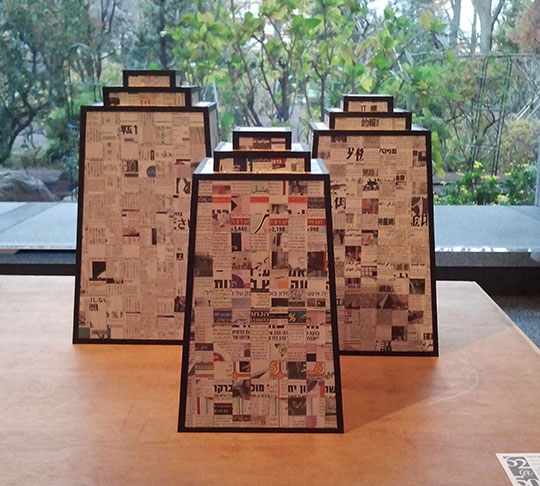

Art and its subject matter
TextileArtist.org: What initially captured your imagination about textile art?
Penny Burnfield: Textiles are very versatile and you can do almost anything with them, including 2D, 3D, installation, print, paint, sculpture, and more.
What or who were your early influences and how has your upbringing influenced your work?
My upbringing had little to do with either textiles or art. My family was not artistic, and my school was very academic. But I learnt to knit and sew, and I taught myself to make my own clothes – it made my clothing allowance go further!
I went on to study medicine and I am a qualified doctor. My background in medicine, biology and science is sometimes evident in my approach to art and its subject matter.
What was your route to becoming an artist?
I started studying traditional embroidery, but soon moved on to City and Guilds. Then I took a degree in Textile Art as a mature student.
What is your chosen medium and what are your techniques ?
I don’t have a particular medium nor any favourite techniques. Once I have an idea of something I want to make, I try to find the best methods and materials to express that idea – to make the idea visible. Sometimes this is not through textiles alone. I try to find the most appropriate materials for the idea. For example, for a piece about ecology and endangered British wild plants I used entirely recycled materials.
Much of my recent work has incorporated writing and text in various forms. I have found my computer very useful for manipulating words and photographs, and for printing on paper and fabrics.
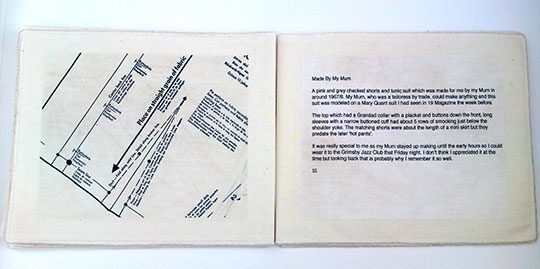
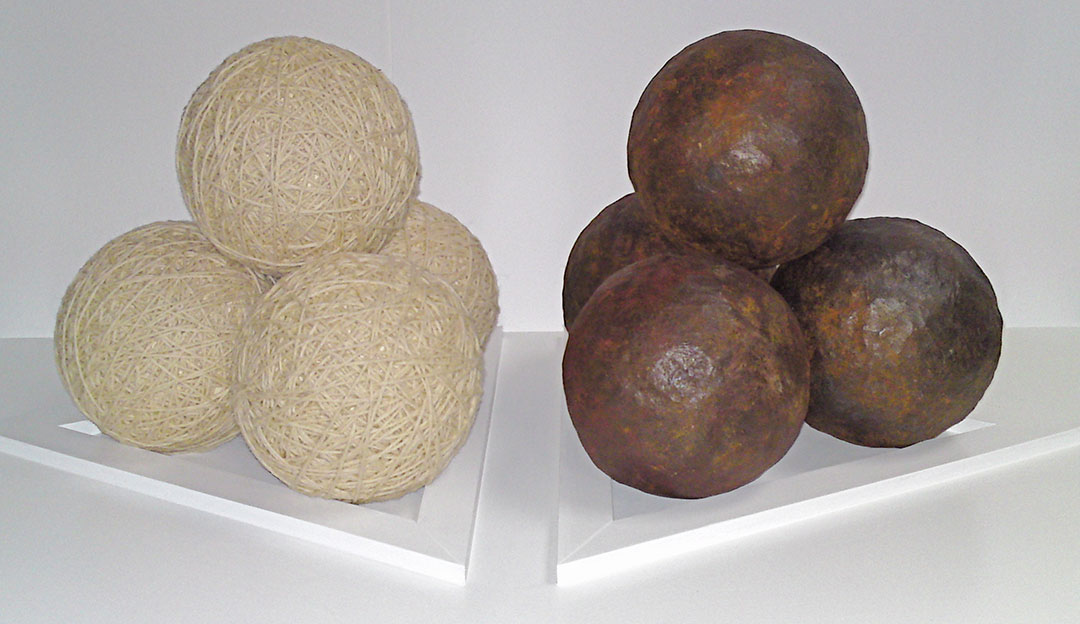
Experimenting with material and process
How would you describe your work and where do you think it fits within the sphere of contemporary art?
I find it best to describe myself as ‘an artist’. My work is idea-based and abstract and expressed by using mixed media. It’s often 3D and sometimes it takes the form of an installation. I possibly belong in the field of sculpture. I don’t necessarily wish to position myself as a textile artist, though that is my background.
Tell us a bit about your process and what environment you like to work in.
I’m always looking out for ideas, and sometimes I am inspired by the title or theme of an exhibition. Other times I am inspired by experimenting with material and process. I’m looking out for something that will connect with work I have made previously, though the connections are not always obvious to other people.
Once I have the germ of an idea, I often brainstorm by writing down my thoughts. I research my idea – the internet is a wonderful resource! – and I experiment with materials. Sometimes I have to find out how to make something by acquiring new knowledge and skills. Titles are important, but are usually decided at the end when it all comes together.
I have a studio in an outbuilding as we live on a farm. I’d like to say it is calm and tidy – I would prefer it to be like that! – but in reality, it’s a bit chaotic.
Do you use a sketchbook?
No. I carry a notebook for noting down ideas, information and inspiration. I don’t draw as I found it wasn’t particularly useful in my practice. I have come to realise this is because I start from ideas rather than the visual world. When working on a piece, I tend to use loose-leaf pages for my notes, and I keep my information together in a folder.
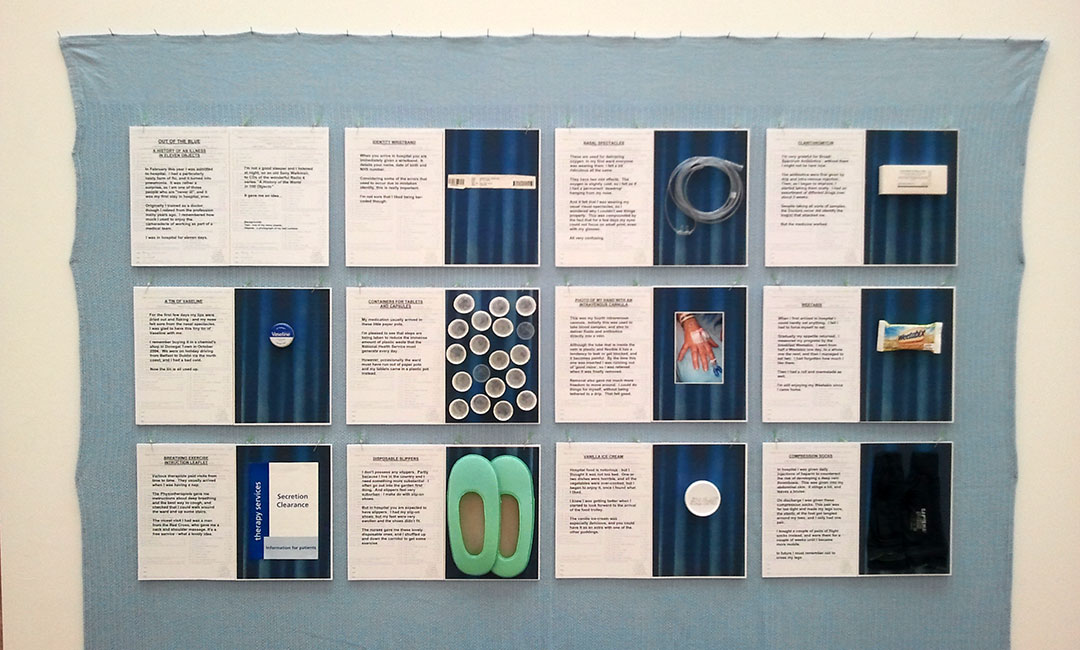
Making more abstract work
What currently inspires you and which other artists do you admire and why?
I have become very interested in the work of the visual artist Cornelia Parker. Her work is based on interesting ideas and expressed in intriguing ways.
In the textile world I specially admire Hilary Bower and Matt Harris.
Tell us about a piece of work you have fond memories of and why.
I had a piece called ‘Ancient Preserves’ accepted for the Arttextiles2 exhibition in 2000. I made a lot of organic shapes and put them into glass preserving jars on a shelf. It resembled a museum display of medical or biological specimens, with my own unintelligible museum-style labels. It was my first major piece after leaving art school and it boosted my confidence.
How has your work developed since you began and how do you see it evolving in the future?
It has changed from embroidery to a variety of textiles and now to very mixed media. I intend to continue in this way, but I am also interested in making more abstract work.
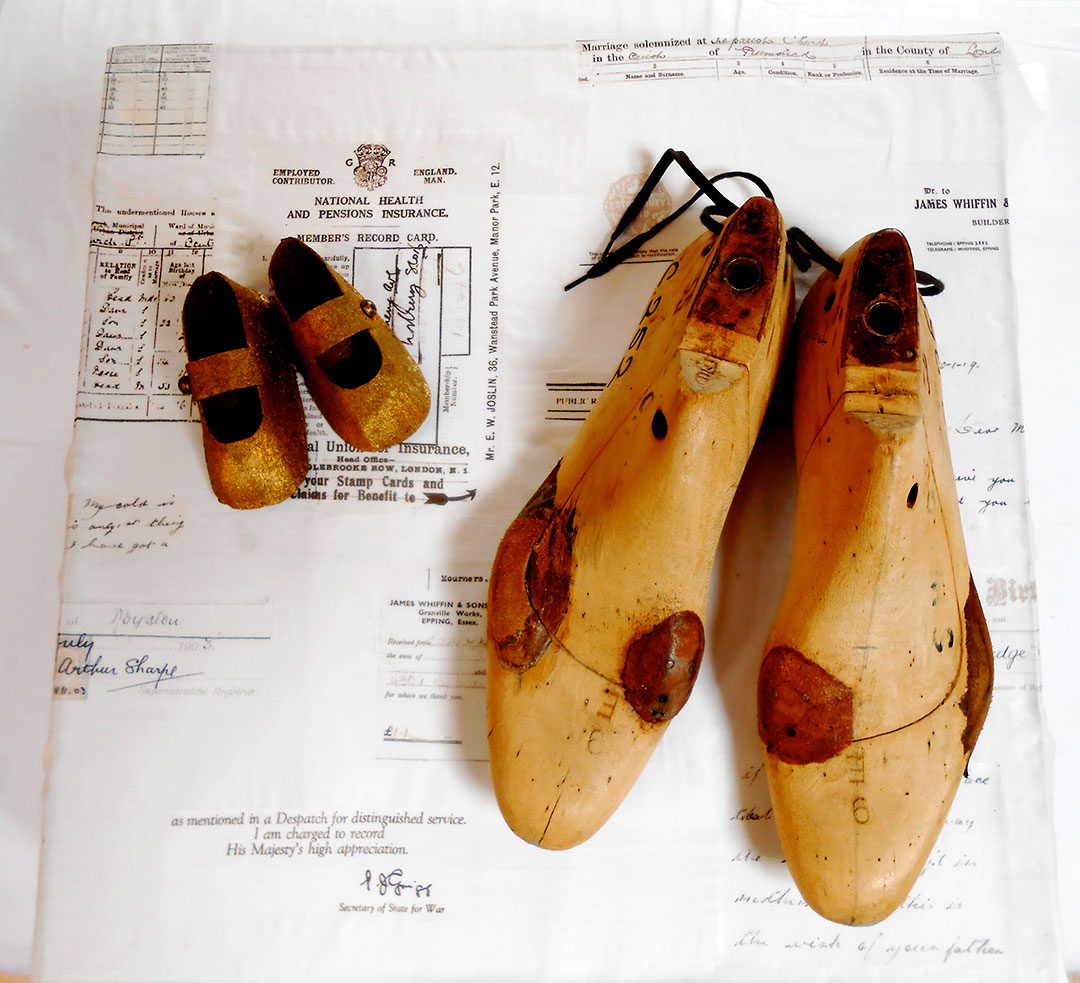
What’s going on in the design world
What advice would you give to an aspiring textile artist?
Don’t narrow down your options too soon. Learn as much as you can about materials and techniques, because you never know when it will be useful. And study fine arts, too – painting, sculpture, printmaking, as well as textiles.
Can you recommend 3 or 4 books for textile artists?
I’d rather not – I think it is important for textile artists to look at work by artists working in other media, such as painting or ceramics, and at what’s going on in the design world.
What other resources do you use?
All of them, and as much as possible. ‘Crafts‘ magasine usually has some interesting writing about current ideas.
What piece of equipment or tool could you not live without?
Good cutting equipment! Really sharp scissors and a scalpel… is this something to do with my medical background?

On the lookout for good opportunities
Do you give talks or run workshops or classes? If so, where can readers find information about these?
I give talks occasionally. Contact me via the 62 Group website.
How do you go about choosing where to show your work?
I exhibit regularly with both the 62 Group and the Textile Study Group. I’m always on the lookout for good opportunities, and not necessarily textile shows.
Where can readers see your work this year?
I hope to exhibit at the 62 Group show at ‘Upfront Gallery‘, Cumbria. (17 March – 10 May)
I will be showing my installation ‘Dust to Dust’ at the Victoria Works, Stroud as part of the SITselect Spring Festival. (2-24 May)
And in the Autumn, I will be exhibiting with a group called ‘Losing the Thread’ at Lyme Regis Mill (1-21 October) and the Weyhill Fairground Gallery, near Andover. (25 October-15 November)
Want more information? Please visit: www.62group.org.uk & www.textilestudygroup.co.uk
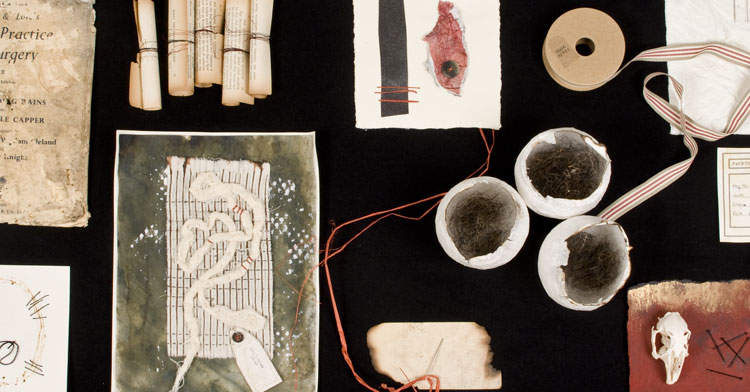
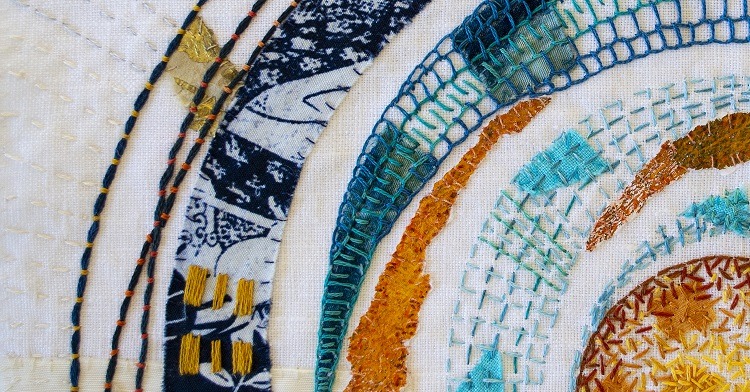
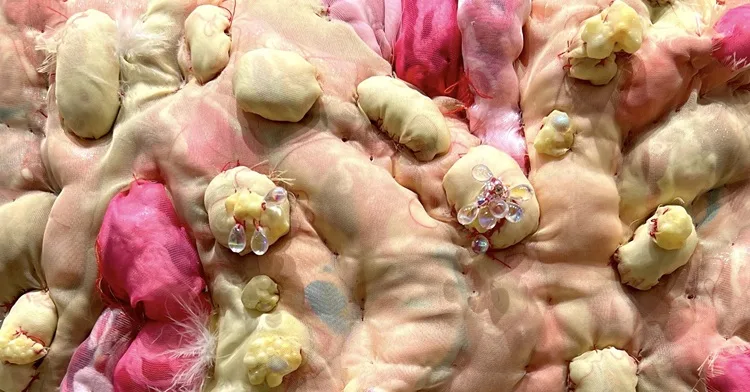
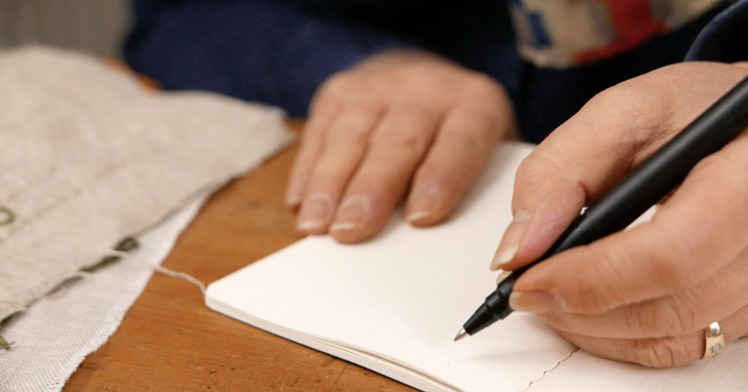
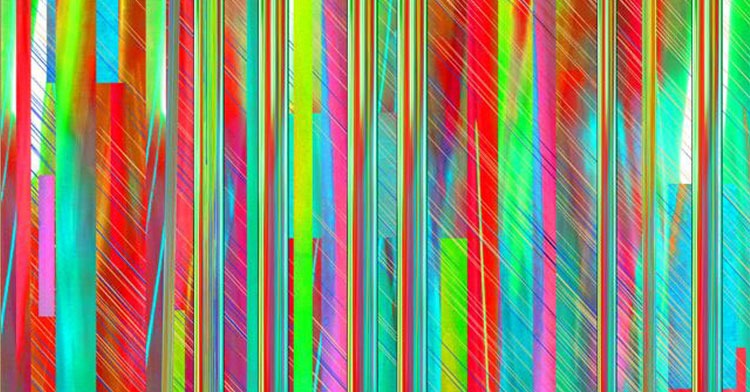
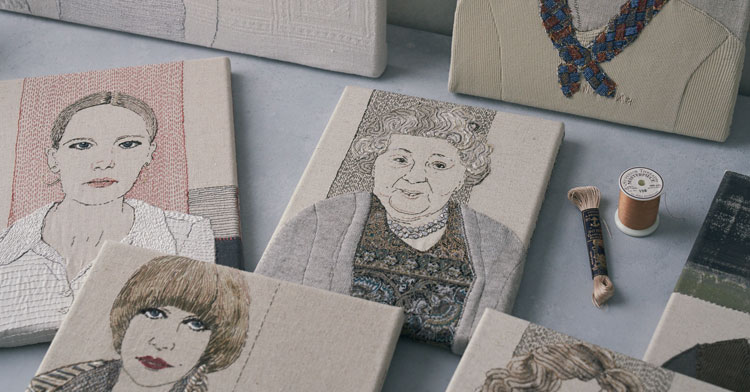
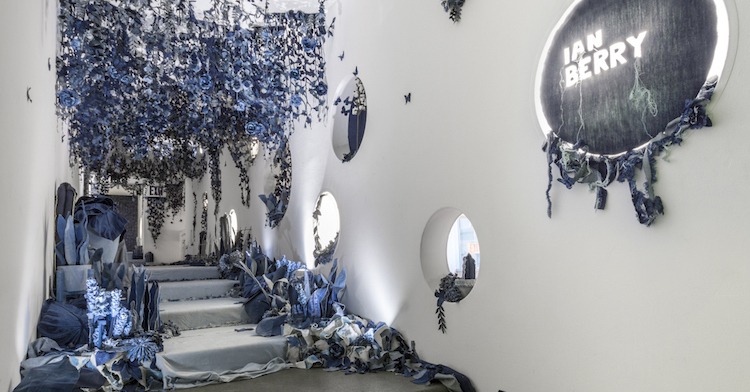
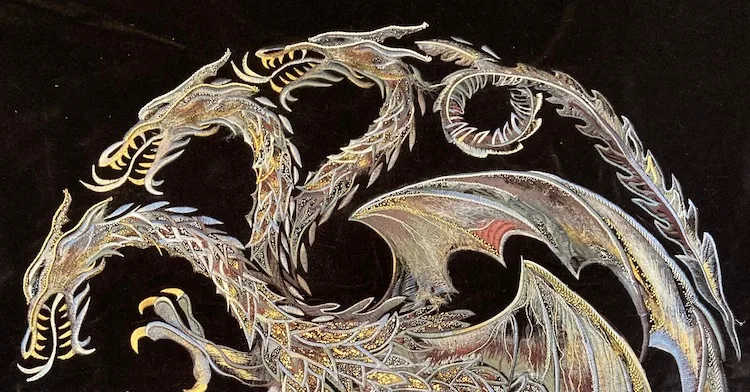
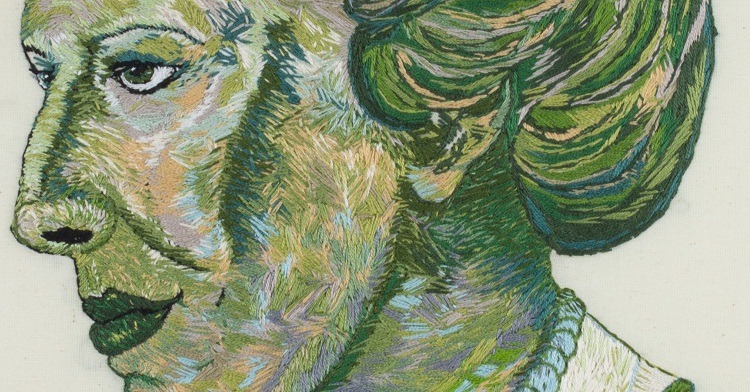
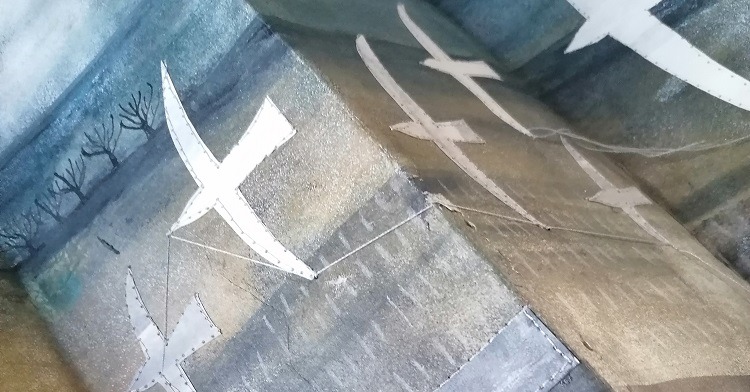
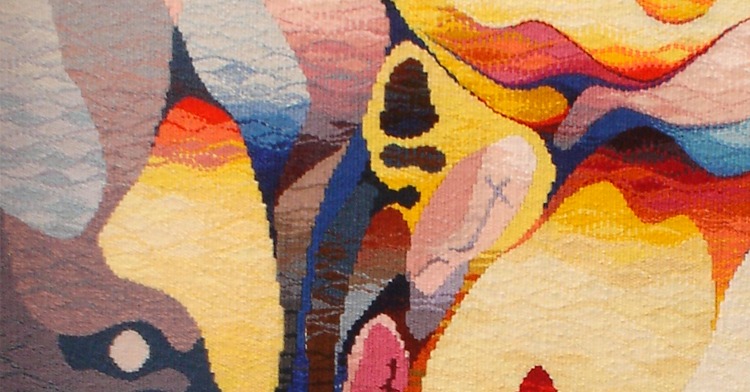
Comments